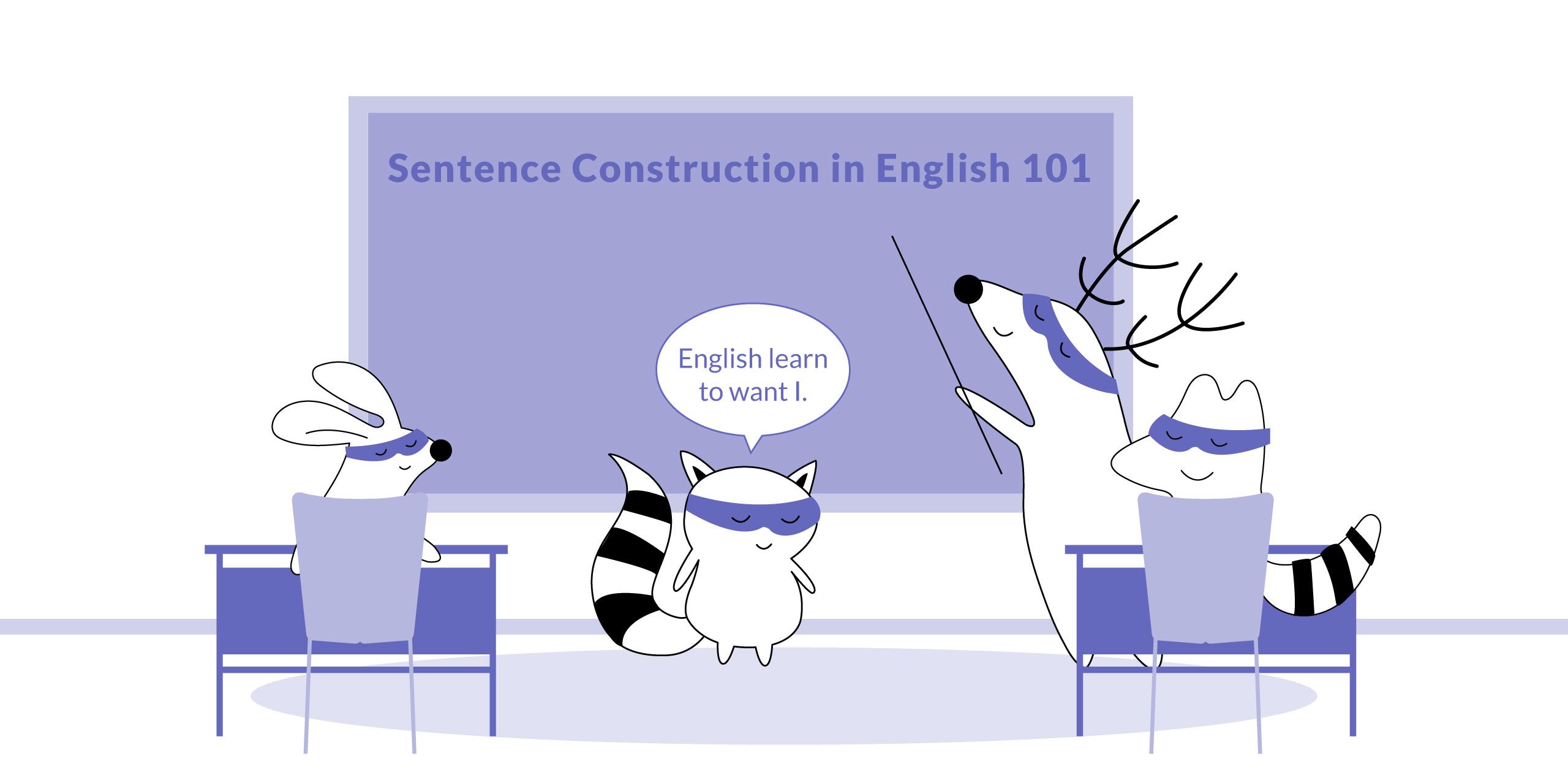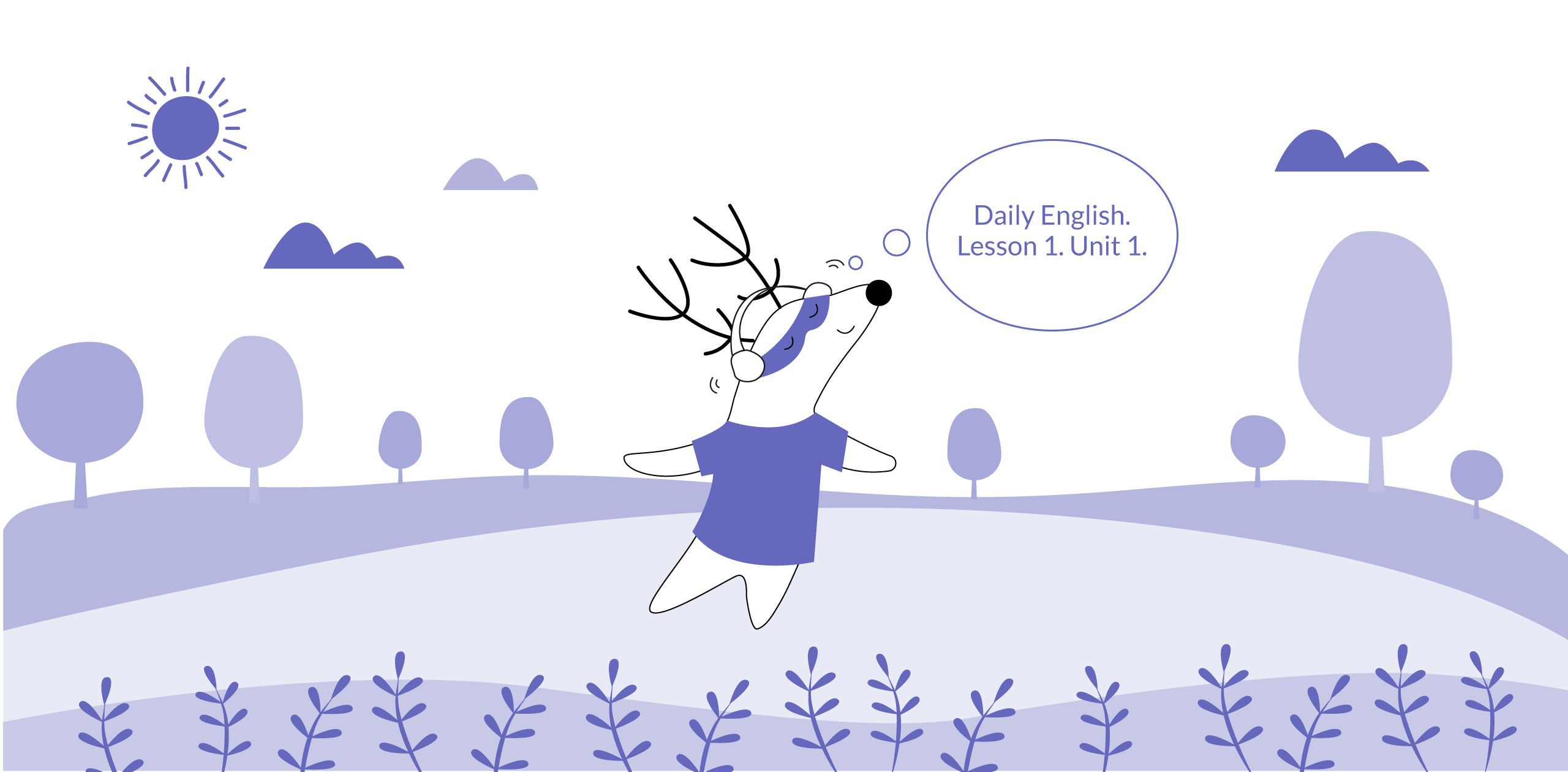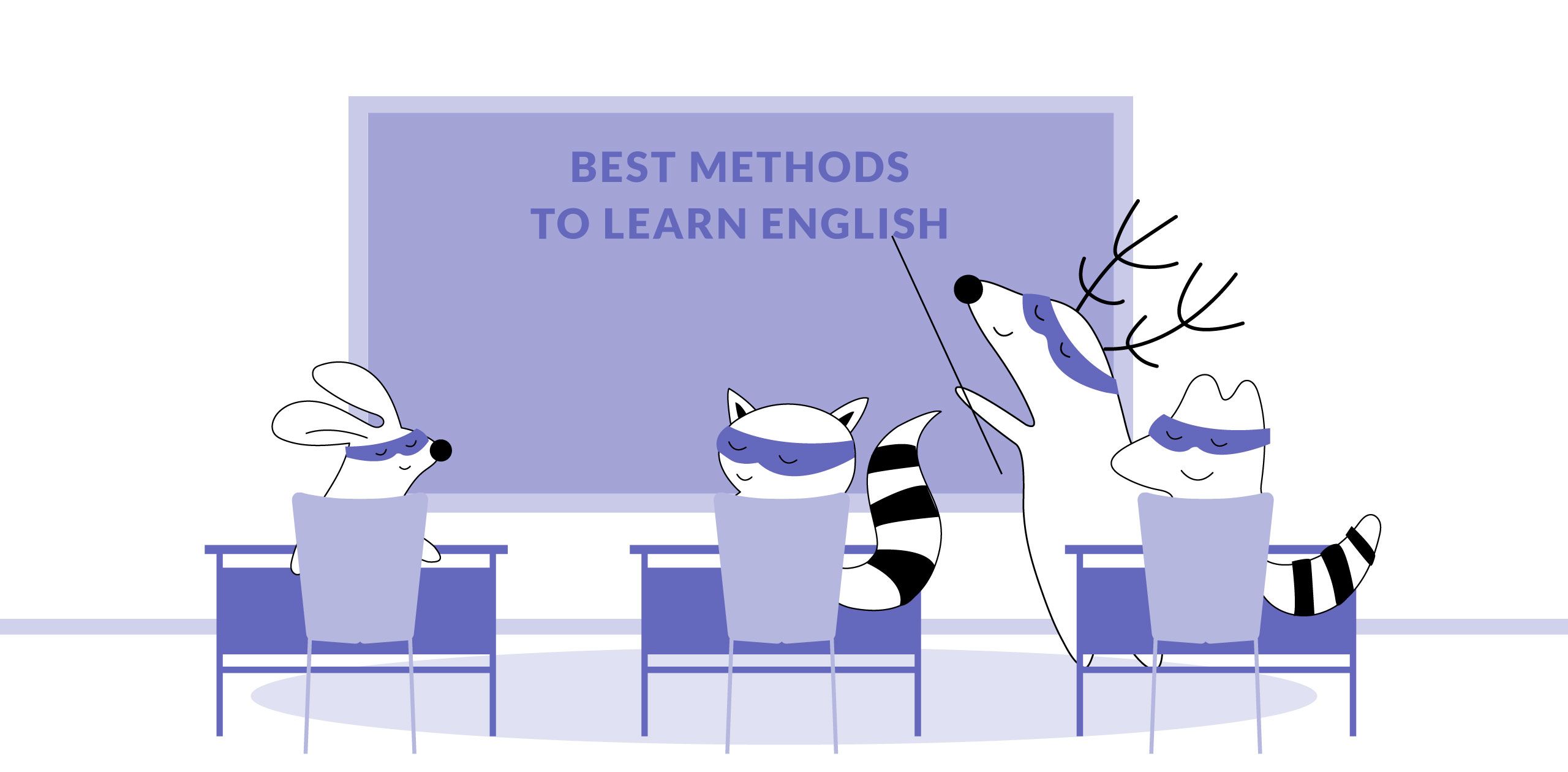
English is a very structured language. The sentences in it consist of needed parts that stand in a certain order; otherwise, it can affect the entire meaning of the sentence. This way, when you start speaking English, the first thing you need to understand is sentence construction.
If your native language doesn't have strict requirements about the word order in a sentence, English grammar rules about sentence structure may seem a bit demanding. However, once you memorize the proper structure, writing sentences in English becomes easy - all you need to do is follow the same pattern.
Learn English with Langster
Below, you will find the essential information on how to form basic English sentences and avoid sounding like Grand Master Yoda (unless it's on purpose). Let's dive in!
Basic Parts of Sentences in English
Before we look at sentence construction, it is important to learn the basic parts of sentences and how they work to understand their place in a complete sentence. The basic parts include a subject, a verb phrase (a predicate), and (usually but not always) an object.
An adverbial (or adjunct) is an optional part of a sentence that can be expressed by adverbs, adverbial phrases, or adverbial clauses. "Optional" means you can leave them out. Without them, the sentence will still make sense since they are not the grammatical basis of the sentence. These words are used to give more information about the basic idea.
For this reason, let's find out more about the basic parts of English sentences:
Subject
The subject indicates the person or thing that performs the action. It goes at the beginning of the sentence before the predicate (verb), and it can be expressed by a pronoun, noun, or phrase.
The noun is used in its standard dictionary form, singular or plural. However, remember to pay close attention to subject-verb agreement. This grammar rule says that you need to make sure that if the noun is singular, the verb should also be singular - the same applies to plural.
When it comes to using pronouns as the subject, the most often used are personal pronouns in the nominative case. Let's take a look at some basic English phrases:
- I want to play.
- He needs to practice more.
- We will have pizza for dinner.
Some indefinite and negative pronouns, such as someone/somebody/something, everyone/everybody/everything, no one/nobody/nothing, can also be a subject. Like so:
- Someone left their coat here.
- Everybody wanted a slice of pie.
- No one came to my party.
Verb (or Predicate)
The predicate goes right after the subject, and it is expressed by a verb and conveys information about what the subject is doing. A predicate is a key part of constructing sentences in English because it shows when the action occurred, is happening, or will happen.
There can be two verbs in the predicate, the main and auxiliary verb. An auxiliary (helping) verb is a verb that adds functional or grammatical meaning to the sentence and, most frequently, is used to express tense. For example:
- I am waiting. - Here, the predicate is "am waiting," with "wait" as the main verb and "am" as the auxiliary verb in conjunction with "-ing" form to indicate the present continuous tense.
Object
According to the construction of the sentences in English, an object is expressed by a noun, pronoun, or phrase and stands after the verb (predicate) and indicates the person or thing to which the action is directed.
There are two types of objects in English: direct and indirect objects. A direct object is what or to whom the action of the verb is directed - in other words, a word that receives the action. For example:
- Cindy brought a present.
An indirect object indicates someone or something to whom the direct object is related. Usually, it is a person or an animal expressed by a noun, pronoun, or phrase with dependent words.
If there are two objects in a sentence, both direct and indirect ones, there are two ways you can structure them. If there is an indirect object without a preposition in a sentence, a direct object should come after it. For example:
- Cindy gave me [indirect object without preposition] a present [direct object].
However, a direct object should come before an indirect object with a preposition "to" or "for." For example:
- Cindy brought a present [direct object] for me [indirect object with a preposition "for"].

How to Structure Basic English Sentences?
It is important to note that sentences in English can be classified by their functions (declarative, interrogative, imperative, exclamation, and negative sentences) or based on their structure (simple, complex, compound, and compound-complex sentences). The second group is determined by the clauses a sentence contains.
A group of words that contains a subject and a verb is called a clause. It can be a complete sentence on its own (an independent clause) or a group of words that need additional words to express a complete thought (a dependent or subordinate clause). We discuss these types of sentence structure here.
In this post, we will concentrate on basic phrases - the most simple type of sentences in English - and show you how to structure them, depending on what you’re trying to say.
In grammar, it is important to be able to tell the difference between two types of word order: direct order, which is used in writing declarative (affirmative and negative) sentences, and indirect order, which helps to ask a question, express an exclamation or even give an order.
Declarative Sentences
We use declarative sentences every day, as they allow us to make statements (affirmative or negative), provide explanations, and share information. In order to write a declarative sentence, you need to structure it in direct order, as follows: subject + verb + object. Here are some common phrases in the affirmative form:
- I practice yoga every morning.
- She is writing a letter to her grandma.
- We will go to the university tomorrow.

Negative Sentences
The word order in negative sentences is also direct. In order to show negation, you need to add the particle "not." Also, there is always an auxiliary verb in a negative sentence, and the particle "not" is always connected to it. Here are several examples of English phrases in the negative form:
- I do not practice yoga every morning.
- She did not call her parents last night.
- We do not have classes tomorrow.
Interrogative Sentences
Although you can always understand the question (interrogative sentence) when speaking, adding an interrogative intonation and a question mark at the end are not enough to form a proper question in the English language. When constructing questions, you need to use the indirect word order, meaning that subject and predicate are reversed.
However, only a part of the predicate stands at the beginning of a sentence - the auxiliary verb. The main verb still stands after the subject. Here are some example sentences:
- Do you have classes tomorrow?
- Are you writing a letter?
- Can you please tell me your e-mail address?
- Good afternoon, can I have a cup of coffee?
You also can add question words to the interrogative questions. In that case, you place the question at the beginning of the sentence and then follow with the typical interrogative structure:
- Where is the nearest ATM?
- How are you doing?
In colloquial speech or informal writing, an interrogative sentence can start with a subject, for example, when followed by a tag question:
- You practice yoga every morning, right?
In daily life, you can come across many casual interrogative expressions that don't look like a full sentence, for example:
- I'm going to work tomorrow. And you?
Exclamatory Sentences
As the name suggests, these sentences end with an exclamation mark, express emotions, and are usually used in greetings, rallying cries, or warnings. Sometimes they form short exclamatory phrases, and sometimes the only thing that distinguishes them from declarative sentences is the punctuation at the end. Take a look at the following phrases:
- Good Morning!
- Attention! Do not enter!
- It's a beautiful day!
Constructions with the words "how," "what," "may" are often used in English to express delight, joy, sadness, resentment, and other emotions. These words always stand at the beginning of a sentence, and the following words are placed in indirect order. For example, look at these common English expressions with them:
- How thoughtful of you!
- What a beautiful day!
- May the Force be with you!

Imperative Sentences
Imperative sentences express a command to do something, make a request, provide instructions or advice. They can be affirmative or negative, but they do not contain a subject as the reader understands that the action is directed to them.
Imperative sentences can and with a period or an exclamation mark, depending on the urgency of the thought. For example, here are some simple phrases in the imperative form:
- Talk louder, please.
- Listen to me carefully.
- Let's go for a walk!
- Mind your own business.
Negative imperative sentences (those that advise not to do something) are structured the same way as declarative negative sentences - by adding a participle "not" to the helping verb. Here are the examples of negative imperatives:
- Do not use your mobile phone in class.
- Don't go there on your own.
- Don't forget to call your mother tomorrow.
Final Word
As you can see, sticking to a particular word order can help you make the whole process of writing in English easier while also allowing you to express your thoughts in the most precise and understandable way possible.
As a rule, the general sentence structure in English requires you to place subjects first, verbs second, and objects last. Following these three easy steps allows you to form basic sentences without worrying about additional grammar rules.
However, there are many nuances in constructing more complicated English sentences - we'll explore them in further posts.

Keep in mind that in order to learn English more effectively, you should diversify your educational materials. For example, you can download our Langster app full of engaging stories from our website. Audio from native speakers and grammar explanations will help you pick proper phrasing and improve your English speaking, listening, and writing skills.









